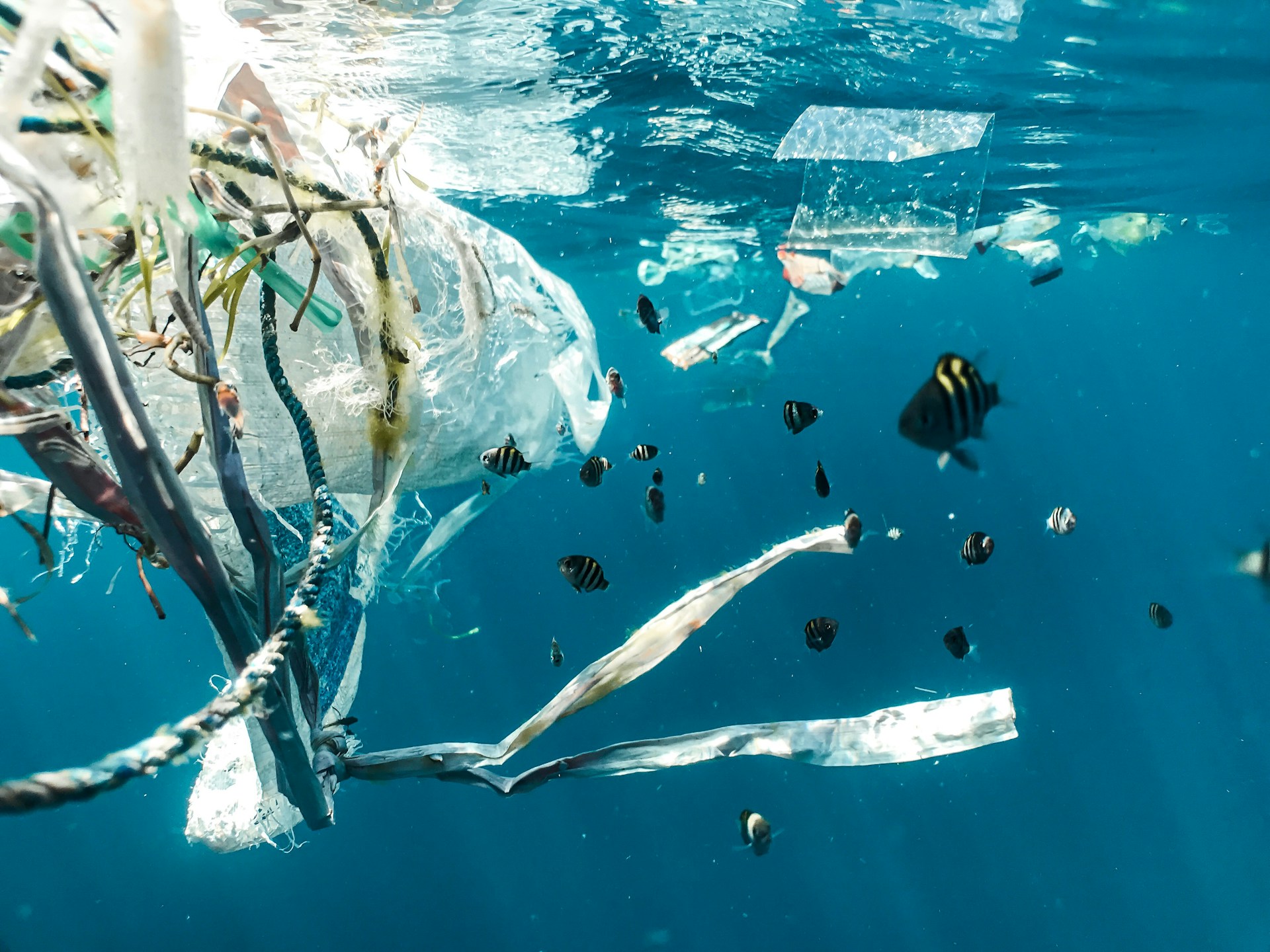Contaminants Found in Wastewater: What You Need to Know
By Finlay Gilkinson – 13/03/2025
Wastewater Contaminants
Wastewater contains a variety of contaminants that can pose serious risks to human health and the environment if not properly treated. These pollutants originate from households, industries, and urban runoff, making wastewater treatment essential for protecting water resources. Understanding the types of contaminants found in wastewater is crucial for improving treatment methods and ensuring safe water reuse.

Categories of Wastewater Contaminants
Wastewater contaminants can be classified into several major categories:
1. Biological Contaminants
These include microorganisms that can cause diseases and infections. The most common biological contaminants in wastewater are:
2. Organic Contaminants
Organic pollutants come from natural and synthetic sources and can be harmful if not treated properly. Examples include:
3. Inorganic Contaminants
Inorganic pollutants are non-carbon-based substances that often originate from industrial and agricultural activities. These include:
4. Chemical Contaminants
Industrial processes release a variety of chemical pollutants into wastewater. Some of the most concerning include:

5. Microplastics and Emerging pollutants
Microplastics and other emerging contaminants are becoming increasingly problematic in wastewater. Examples include:
Impacts of Wastewater Contaminants
If left untreated, wastewater contaminants can:
Addressing Wastewater Contamination
To mitigate the risks of wastewater contaminants, advanced treatment technologies are being developed, including:
Conclusion
Wastewater contains a complex mixture of contaminants that must be carefully managed to protect public health and the environment. As research advances, improved treatment methods will help mitigate the dangers posed by these pollutants, ensuring cleaner water for future generations.
Ready to find the perfect job?
Our team of experts work with an extensive network of employers. Submit your CV to ensure you’re a part of our network of talented candidates and we’ll make you aware of opportunities before they are even posted.
